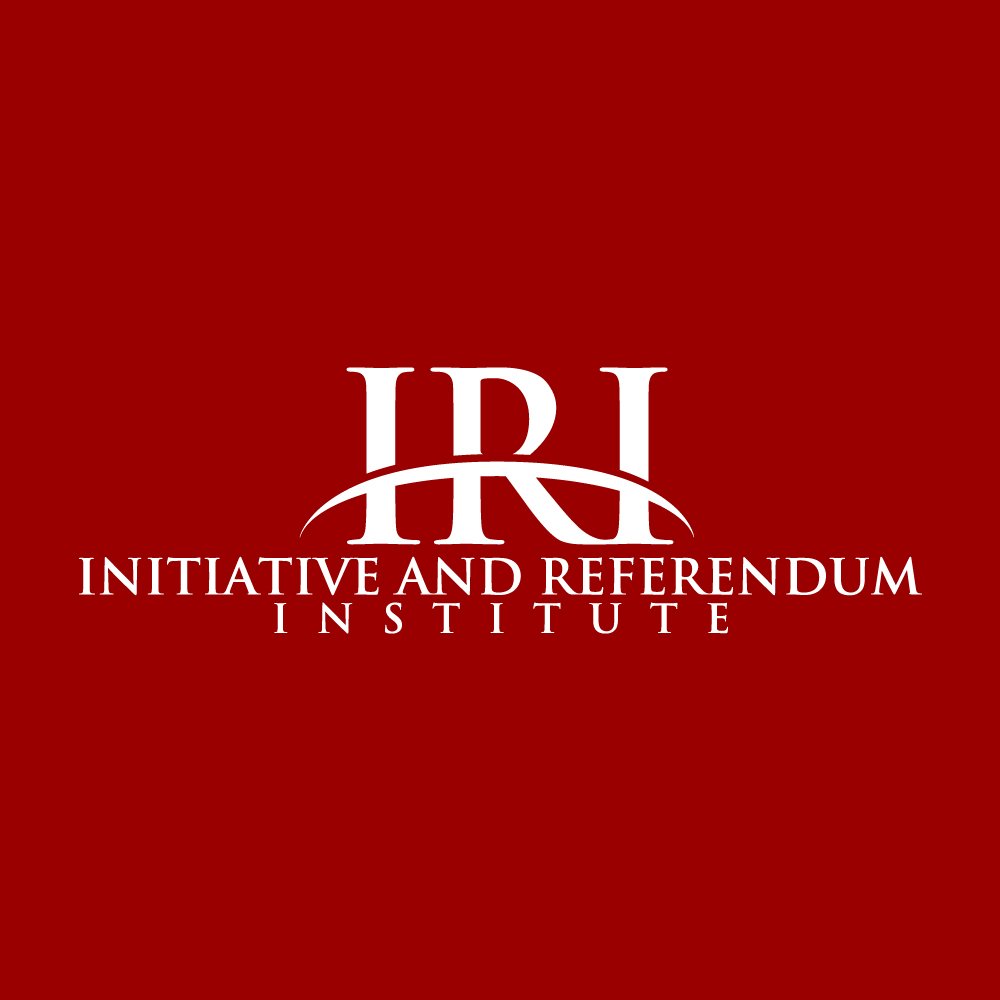Nevada
In 1905, an amendment giving voters the power of referendum was approved by the Nevada legislature and ratified by the voters by a margin of five to one.
By 1909, initiative supporters included acting governor Denver S. Dickerson and U.S. Senator Francis G. Newlands, architect of the Newlands Reclamation Act of 1901, which set up the Federal Bureau of Reclamation and provided for the construction of dams and canals to irrigate the arid lands of the western states. An amendment establishing the initiative process passed the legislature and was approved by Nevada voters in 1912.
The first initiative to pass was a Prohibition statute, approved by a 59 percent majority in 1918. In 1922, a change in the divorce law was initiated by petition, sparking the legislature to place its own alternative on the ballot also. The legislature's version passed, and the initiative lost. In 1936, Nevadans rejected a pension initiative by a margin of nearly three to one, but they changed their minds eight years later and approved by a 53.5 percent margin another initiative to increase the state's old-age benefits. During the 1950s business interests and labor unions clashed in three successive elections over the "Right to Work" issue. Organized labor lost in all three elections.
The battle began in 1952, when voters approved a "Right to Work" measure by a slim 50.7 percent margin. Labor unions fought back with a 1954 initiative to repeal the new law; Nevada voters defeated it by a narrow margin of 51.4 percent. A second union-sponsored repeal initiative on the 1956 ballot was rejected by a 53.9 percent margin. Another union-backed initiative on the same ballot sought to amend the state constitution to prohibit "Right to Work" laws, but was rejected by an even more decisive margin of 57 percent.
In 1958, business interests responded with their own initiative to end the dispute in employers' favor, simply by making it more difficult to put initiatives on the ballot and more difficult to pass them. Approved by a 61.9 percent majority, the new provision required that initiative petitions meet signature quotas in three-quarters of the state's 17 counties. No more could initiative proponents get all the signatures they needed from the heavily populated Las Vegas and Reno areas. Another new requirement specified that initiatives to amend the constitution be approved by voters twice, in two successive elections, before taking effect. Nevada is the only state with such a requirement.
In 1982, an initiative spurred the legislature to pass a similar bill of its own creating a consumer advocate's office to deal with utility matters. Both measures were on the ballot, but sponsors of the initiative liked the legislature's version so much that they campaigned against their own! Not surprisingly, the legislature's measure won the approval of the voters.
In 1998, medical marijuana was legalized via the initiative process as was a ban on same sex marriage in 2000.
See David Schmidt, Citizen Lawmakers: The Ballot Initiative Revolution (Temple University Press, 1989).
